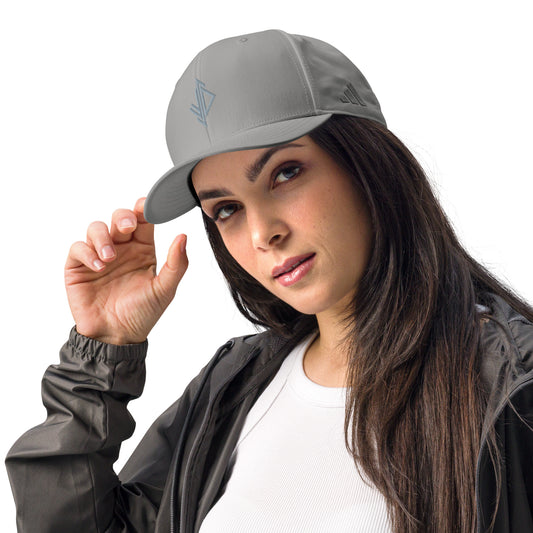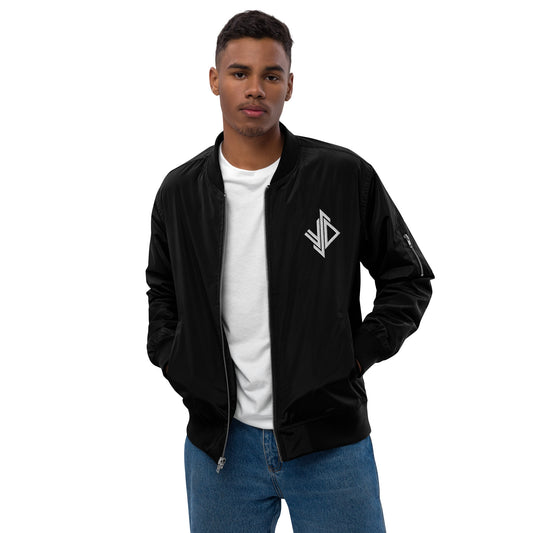
What are smart fabrics? Fashion's High-Tech Future
Smart fabrics, also known as e-textiles or intelligent textiles, are transforming how we think about fashion. These innovative materials are more than just clothing – they interact with the environment and the wearer to provide added functionality. From health monitoring to adaptive fashion design, smart fabrics are shaping the future of wearable technology.
In this article, we’ll explore what are smart fabrics, how they work, their applications in the fashion industry, and what the future holds for this fast-growing field.
Smart fabrics are textiles that include digital components like sensors, actuators, and microcontrollers. These components allow the fabric to sense environmental changes, react to stimuli, and in some cases, adapt to those changes.

There are three main types of smart fabrics:
- Passive Smart Fabrics:These can sense the environment (such as temperature or pressure) but do not react or change.
- Active Smart Fabrics:These fabrics sense and respond. For example, they might change color or offer insulation when the temperature drops.
- Ultra-Smart Fabrics:The most advanced kind, capable of sensing, reacting, and adapting. These fabrics act like mini-computers built into clothing.
Smart fabrics are revolutionizing fashion with their blend of tech and design. Here’s how:
Wearable garments with built-in sensors can monitor heart rate, breathing, body temperature, and more. This makes them ideal for athletes and those with medical conditions who need continuous health monitoring.
Athletic wear made with smart fabrics provides real-time data about motion, posture, and performance. Smart compression garments can enhance recovery and performance by tracking how muscles move during exercise.
Designers are creating interactive fashion pieces that change color or pattern based on the environment. These wearable experiences allow for fashion that adapts to your mood or the setting you're in.
Smart fabrics are used in tactical gear to provide real-time health tracking and adaptive camouflage. These garments are functional, helping protect soldiers while collecting data.

The global smart fabrics market is booming. According to Grand View Research:
- The market was valued at USD 2.3 billion in 2021
- It’s projected to reach USD 6.6 billion by 2026
- This represents a CAGR of 23.2%
The sensing segment of smart fabrics holds the largest market share (over 37%), highlighting the importance of data collection in modern textiles.
North America is leading the market with a 48.4% share in 2022, while the Asia Pacific region is rapidly catching up due to low manufacturing costs and strong tech infrastructure.
Several technological breakthroughs are fueling the growth of smart textiles:
Smart fabrics now use AI and Internet of Things technology to track body metrics and send data to the cloud or mobile apps. This includes heart rate, sweat levels, temperature, and more.
Some smart textiles can harvest energy from motion, heat, or light to power sensors and devices. This means wearable tech can become self-sufficient without batteries.
New textiles using materials like polyethylene and zinc oxide nanoparticles are designed to reflect solar radiation. These fabrics are cooler than cotton and help people stay comfortable in hot climates.
- Real-time health and performance tracking
- Adaptive clothing that responds to temperature or moisture
- Improved safety and efficiency for professionals and military
- Enhanced comfort and personalization
Despite their potential, smart fabrics face a few challenges:
- High production costs
- Durability of embedded electronics during washing
- Need for improved battery and energy solutions
- Data privacy and security concerns
As technology evolves, expect to see smart fabrics becoming more common in everyday wear. From gym clothes to office suits, the future of fashion will likely involve garments that do more than just look good—they'll work with you.

With companies investing in research and design, we’ll likely see smart fabrics become more affordable and accessible in the next decade. Innovations in washable circuits, flexible batteries, and sustainable materials are making this a reality.
So, what are smart fabrics? They’re the fusion of technology and textile, blending innovation with design to create clothing that’s functional, interactive, and incredibly smart.
Whether you're a fashion lover, tech enthusiast, or just curious about the future of clothing, smart fabrics represent one of the most exciting trends in modern apparel. Keep an eye on this space—your next favorite outfit might be smarter than you think.
If you're in the fashion industry or just love wearable tech, understanding smart fabrics is no longer optional—it's essential.








